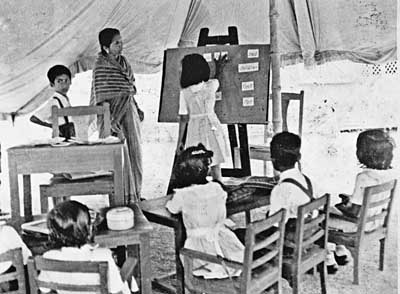Family Structure: The husband was usually the head of the house. He was responsible for providing shelter, food and keeping the family safe. Children were to respect there parents, to love and to honour. A jewish family would be very strict to moral, social and religious rules.

